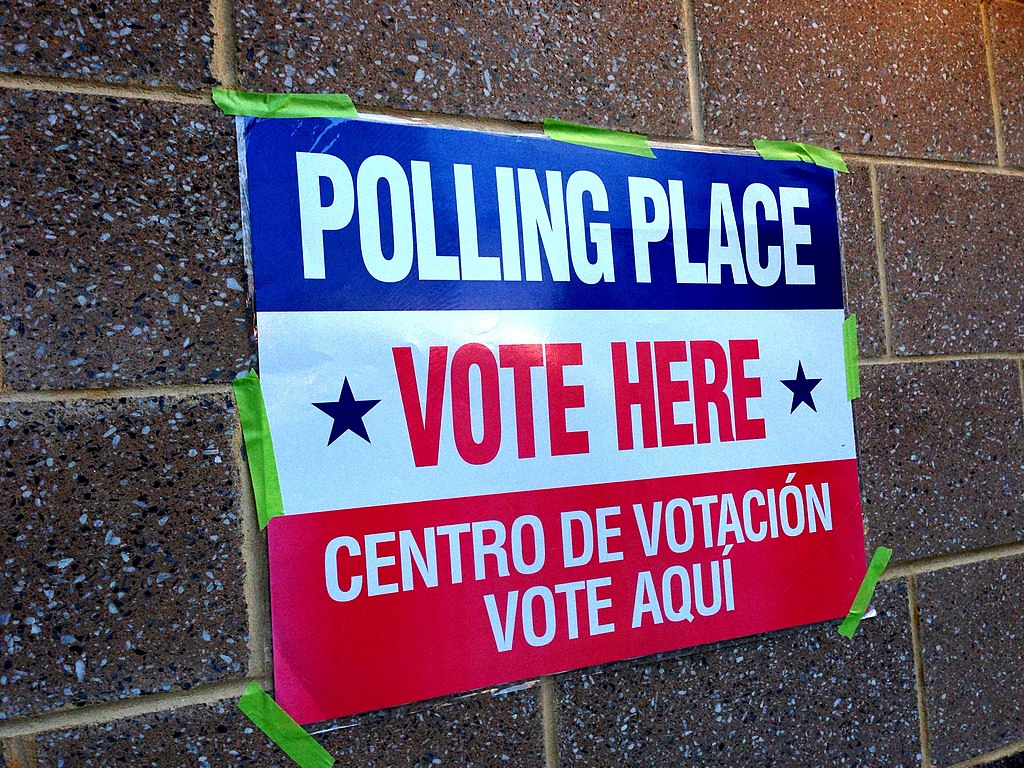Connecticut, Minnesota, Vermont, and Wisconsin are holding congressional primaries on August 11. One U.S. Senate seat and 22 U.S. House seats are up for election across the four states. Primary candidates are competing for a spot in the general election scheduled for November 3, 2020.
In Connecticut, five U.S. House seats are up for election this year. All five seats are currently held by Democrats, and all of them filed to run for re-election. Because no other Democrats are running against them, the Democratic primaries were canceled and all five automatically advanced to the general election. Two Republican primaries were also canceled due to lack of opposition. The Republican primaries for the state’s 1st, 2nd, and 4th Congressional Districts each have two candidates facing off on August 11.
In Minnesota, one U.S. Senate seat and eight U.S. House seats are up for election. The nine seats are currently held by six Democrats and three Republicans. All nine incumbents filed to run for re-election. Democratic and Republican primaries are being held on August 11 in every race except for the state’s 1st and 2nd Congressional Districts. In Minnesota, primaries are canceled if every candidate in each party for a specific seat is unopposed. The Grassroots-Legalize Cannabis Party of Minnesota and the Legal Marijuana Now Party are also holding primaries.
In Vermont, primaries are being held for the state’s one At-large Congressional District. Incumbent Peter Welch (D) is running for re-election and faces one challenger in the primary. Four candidates are running in the Republican primary, and two candidates are running in the Vermont Progressive Party primary.
In Wisconsin, eight U.S. House seats are up for election. Seven of the eight incumbents—three Democrats and four Republicans—are running for re-election this year. Six of them are unopposed in their respective primaries. 3rd Congressional District incumbent Ron Kind (D) faces one primary challenger.
Entering the 2020 election, the U.S. Senate has 45 Democrats, 53 Republicans, and two independents who caucus with the Democratic Party. Thirty-three out of 100 Senate seats are up for regular election this year, and two are up for special election. A majority in the chamber requires 51 seats. The U.S. House has 232 Democrats, 198 Republicans, one Libertarian, and four vacancies. All 435 seats are up for election. A majority in the chamber requires 218 seats.
- United States House of Representatives elections in Connecticut, 2020
- United States Senate election in Minnesota, 2020
- United States House of Representatives elections in Minnesota, 2020
- United States House of Representatives election in Vermont, 2020
- United States House of Representatives elections in Wisconsin, 2020


